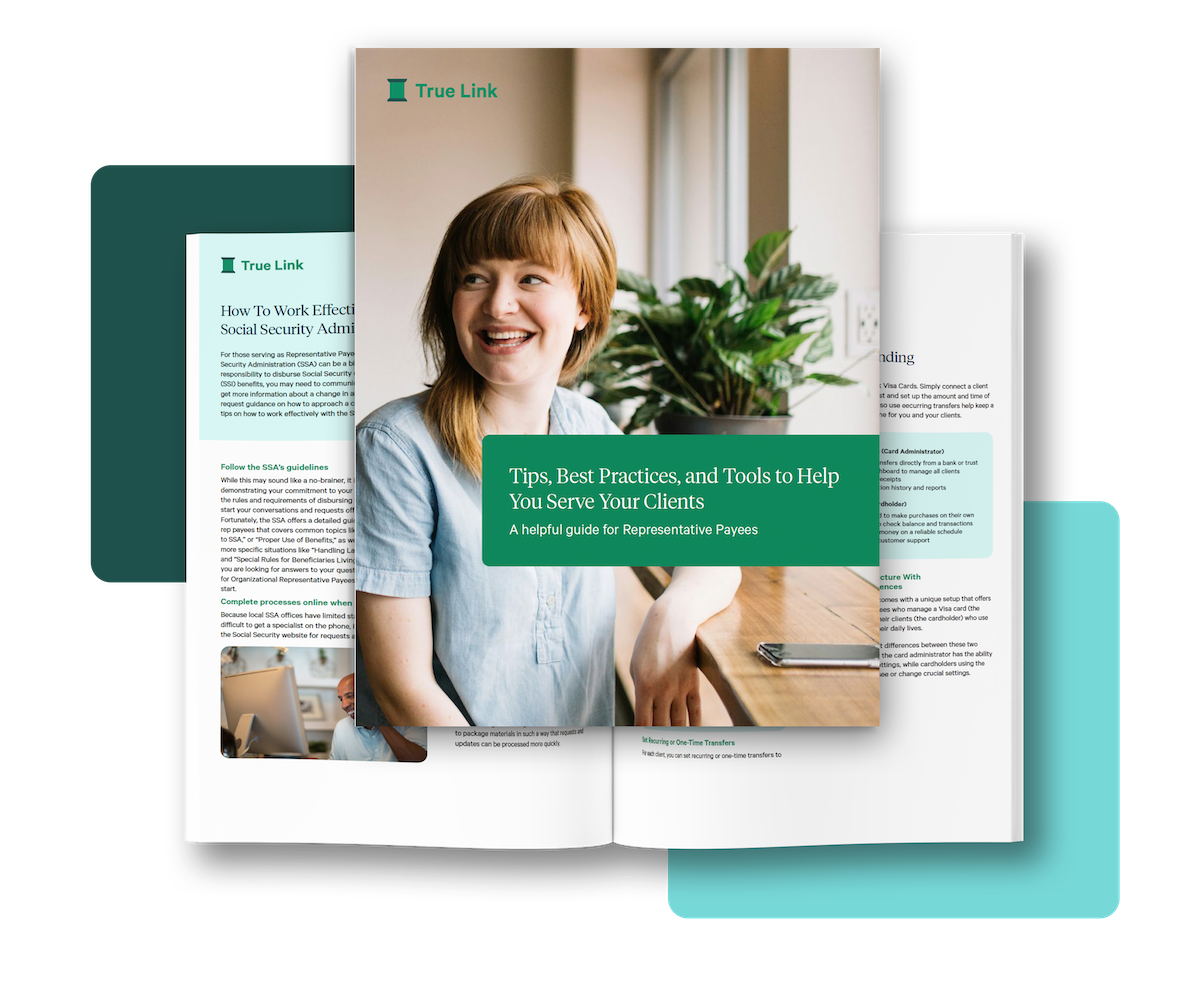True Link Releases Elder Financial Abuse Findings
When we founded True Link, we had a vision of helping millions of families protect their elderly loved ones from fraud and financial exploitation. We knew that elder financial abuse was a significant problem, and we wanted to provide seniors, and those who care about them, with the tools they needed to fight back.
As we began offering products and services to our customers and their families, the stories we heard made it clear that elder financial abuse impacted more people and cost them more money than what was being reported in the news. The estimate of losses due to elder financial abuse that was most often cited – $2.9 billion – just didn’t fit with what we were experience on the ground. And while such a large number is already astonishing, we were certain that fraud must be a more prevalent – and costly – problem than anyone realized.
That’s why – in pursuit of more accurate, complete information – the True Link data science team conducted our own research, the results of which we are excited to share today. While The True Link Report on Elder Financial Abuse 2015 shows that we all have a lot of work to do to keep our seniors safe, the findings also provide recommendations on how to take action and protect those we care about.
According to Shawna Reeves, the Director of Elder Abuse Prevention at the Institute on Aging, “This study is a game changer. Not only does it challenge the previous studies but it serves as a clarion call for further research and action.” True Link’s data science team hopes to lead the way in research about elder financial abuse and looks forward to being at the forefront of solving this important problem.
To read the full report, please click here or review the Executive Summary below:
The True Link Report on Elder Financial Abuse 2015: Executive Summary.
Prior to this report, the most frequently cited estimate of the amount of money lost to elder financial abuse was $2.9 billion. In the fraud research community we have long suspected this was an underestimate. In fact, it is a dramatic underestimate: our research reveals that seniors lose $36.48 billion each year to elder financial abuse, more than twelve times what was previously reported. Approximately 36.9% of seniors are affected by financial abuse in any five-year period.
Breakdown of the problem.
- Financial exploitation: $16.99 billion is lost annually to financial exploitation, defined as the use of misleading or confusing language – often combined with social pressure and tactics that take advantage of cognitive decline and memory loss – to obtain a senior’s consent to take his or her money.
- Criminal fraud: $12.76 billion is lost annually to explicitly illegal activity, such as the grandparent scam, the Nigerian prince scam, or identity theft and credit card fraud.
- Caregiver abuse: $6.67 billion is lost annually to deceit or theft enabled by a trusting relationship – typically a family member but sometimes a paid helper, friend, lawyer, accountant, or financial manager.
Sources of risk.
- People often assume that those perceived as most vulnerable – widows, the very old, people with severe memory loss – are at greatest risk. In fact, risk equals vulnerability plus exposure. Seniors who are young, urban, and college-educated lose more money than those who are not.
- Some sources of exposure were surprising. Seniors described as extremely friendly lose four times as much to elder financial abuse perhaps because they are approachable and may give strangers the benefit of the doubt. Financially sophisticated seniors lose more to fraud likely because they are comfortable moving larger amounts of money around. Thrifty seniors lose five times as much to fraud perhaps because they are enticed by bargains.
The exploitation progression.
- Small losses are evidence of an underlying vulnerability – what seems like an isolated incident is often the first step in a financial exploitation progression. A senior who lost as little as $20 in a year to exploitation could be expected to lose $2,000 a year to other types of fraud.
- A person who receives even just one phone call or more per day from a telemarketer is likely to experience three times as much financial loss as someone who receives no or only occasional telemarketing calls.
Non-financial effects.
- Financial abuse frequently results in reduced emotional, and even physical, health for seniors. We estimate that 954,000 seniors are currently skipping meals as a result of financial abuse.
To read the full report, visit our Research page where you can also find our free online Fraud Risk Calculator designed to help older adults and their families assess individual risk of fraud, exploitation, and financial abuse. To learn how True Link can help protect the elderly from losing money to scams and predatory marketing tactics, explore our products and services.











